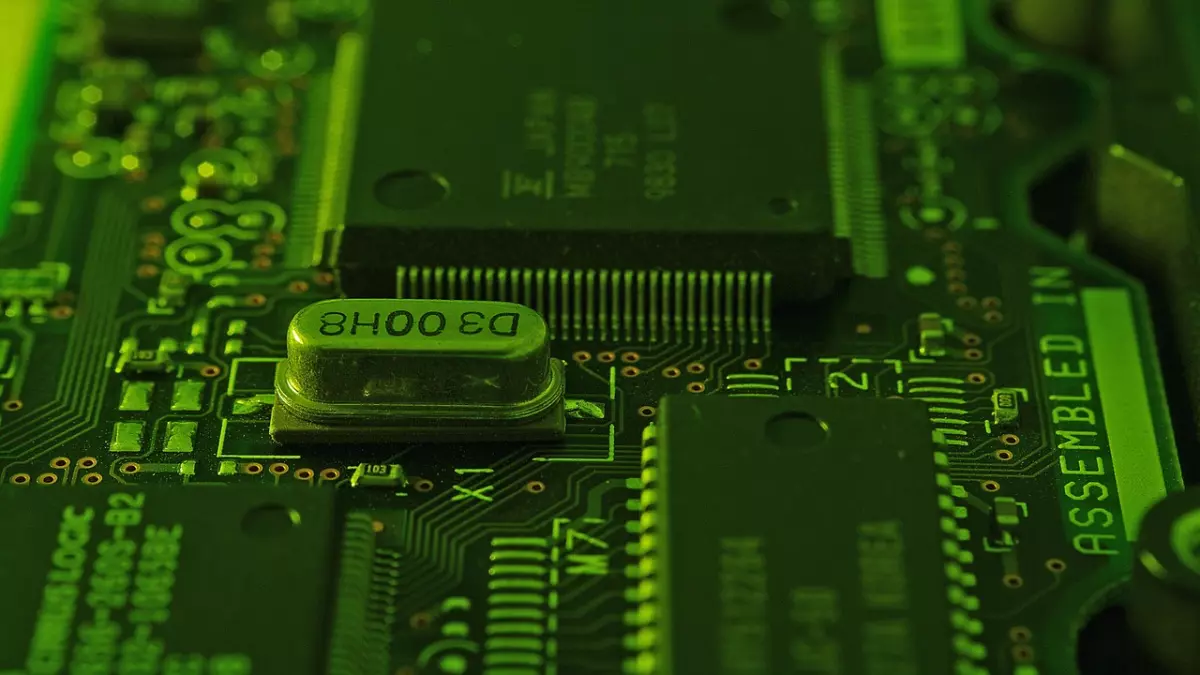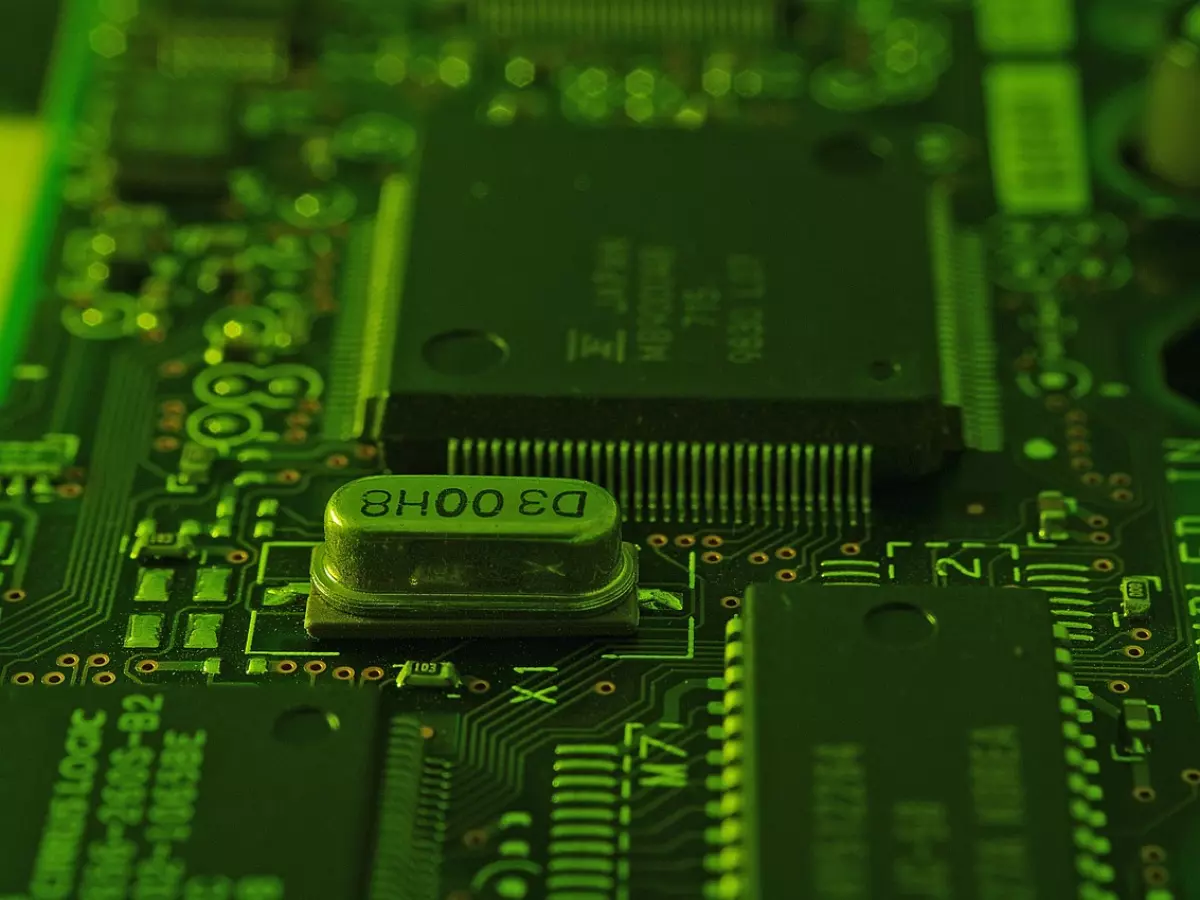Semiconductor Visionary
In the world of technology, few things are as crucial as semiconductors. These tiny chips power everything from your smartphone to the most advanced AI systems. But behind every breakthrough in semiconductor design, there’s a visionary mind pushing the boundaries of what’s possible. One such individual has not only transformed the way we think about semiconductors but has also shaped the future of technology as we know it.

By Wei-Li Cheng
Let’s rewind to the late 1990s. While the tech world was buzzing with the rise of the internet, one engineer was quietly working on something that would lay the foundation for the next two decades of technological advancement: a new approach to semiconductor design. This individual, who we’ll call the 'Architect of Modern Chips,' revolutionized how semiconductors are structured, making them smaller, faster, and more efficient.
At a time when Moore’s Law—the idea that the number of transistors on a chip would double every two years—was beginning to show signs of strain, this innovator found a way to keep the momentum going. Instead of simply shrinking transistors, they introduced novel architectures that allowed chips to perform more tasks with less power. This breakthrough wasn’t just a technical marvel; it was a game-changer for industries ranging from consumer electronics to artificial intelligence.
So, why does this matter? Well, without these innovations, your smartphone wouldn’t be as powerful as it is today. In fact, many of the devices we rely on—smartwatches, laptops, even electric vehicles—would be far less efficient. The Architect of Modern Chips didn’t just make semiconductors better; they made modern life possible.
But it wasn’t just about the chips themselves. This innovator also transformed the way the semiconductor industry operates. They championed the idea of 'fabless' semiconductor companies—firms that design chips but outsource their manufacturing to specialized foundries. This model allowed for faster innovation and reduced the cost of bringing new chips to market. Today, some of the biggest names in tech follow this model, and it’s all thanks to this visionary’s leadership.
What’s Next for Semiconductor Design?
As we look to the future, the Architect of Modern Chips continues to push the envelope. They’re now focused on the next frontier: quantum computing. While traditional semiconductors rely on binary code (ones and zeros), quantum chips can process information in entirely new ways, potentially solving problems that are impossible for today’s computers. And yes, this innovator is already laying the groundwork for the chips that will power these quantum machines.
But it’s not just about quantum computing. The Architect of Modern Chips is also deeply invested in sustainability. As the world grapples with climate change, the tech industry is under pressure to reduce its carbon footprint. This visionary is leading efforts to create semiconductors that consume less energy, making everything from data centers to electric vehicles more eco-friendly.
So, what can we expect in the next decade? If history is any guide, this innovator will continue to redefine what’s possible in semiconductor design. Whether it’s through quantum computing, sustainable tech, or something we haven’t even imagined yet, one thing is clear: the future of technology will be shaped by the Architect of Modern Chips.
In a world where technology evolves at breakneck speed, it’s easy to take the innovations that power our devices for granted. But behind every smartphone, every AI system, and every electric vehicle, there’s a semiconductor—and behind every semiconductor, there’s a visionary mind. The Architect of Modern Chips has not only transformed the way we design these essential components but has also laid the foundation for the future of technology.
So, the next time you pick up your phone or hop into your electric car, take a moment to appreciate the tiny chip inside—and the brilliant mind that made it all possible.





